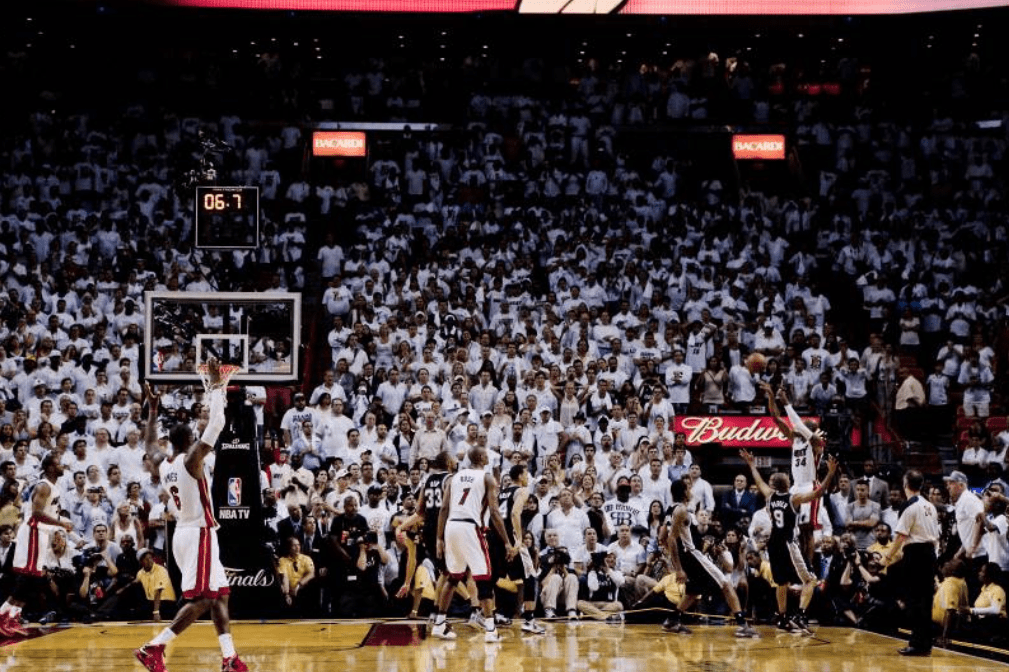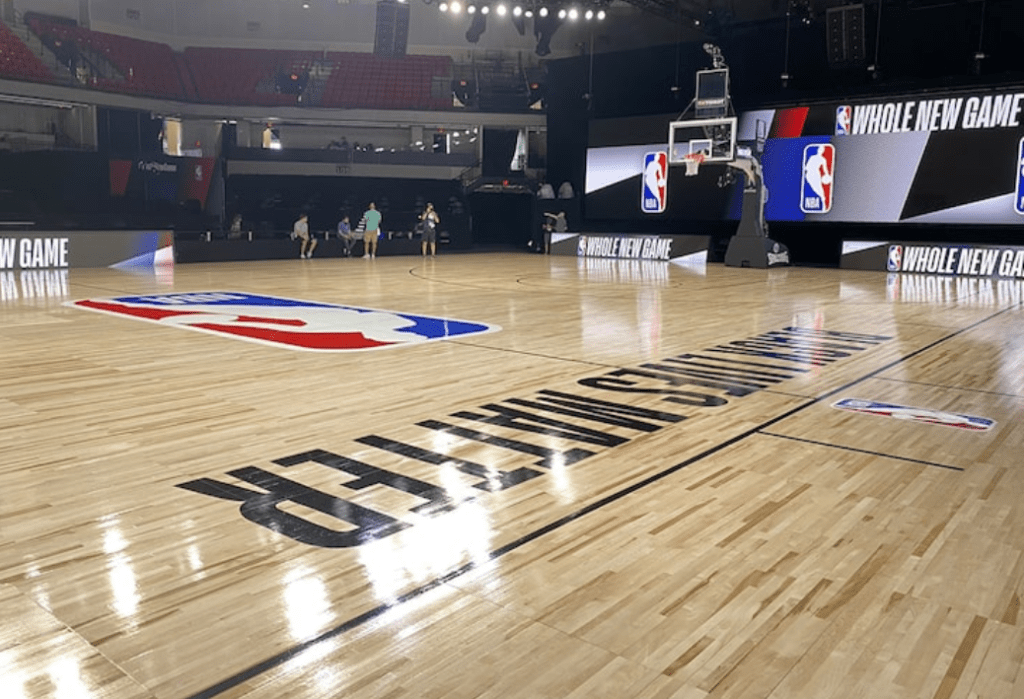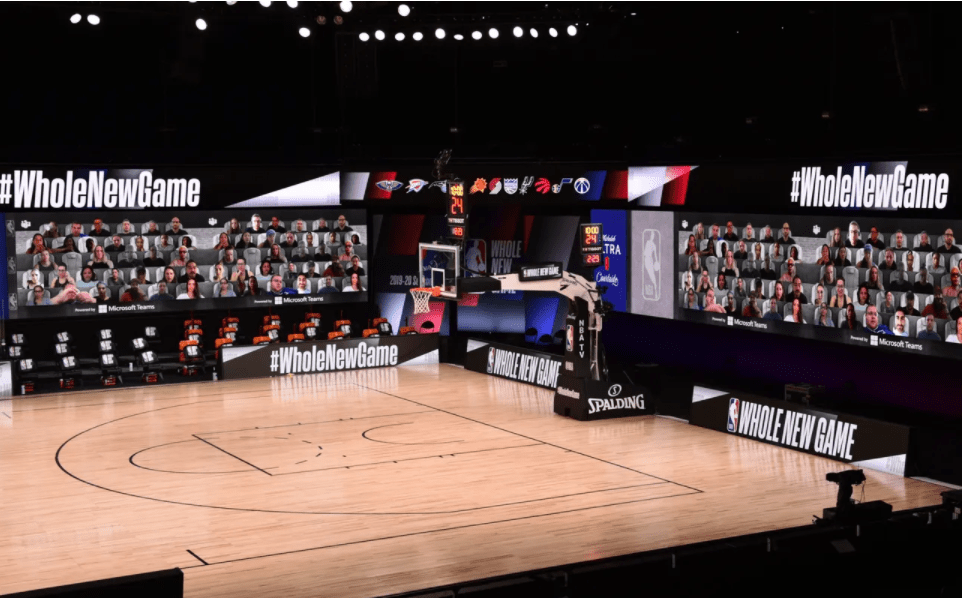We’ve seen it time after time in the history of the NBA, and you’ve probably seen the stat thrown across a screen several times a game for each of the Game 2’s this week. “Only 27 teams have ever come back from down 0-2 in any series, so splitting the first two is super important for the lower seed,” or some form of that analysis, will be said in each game this week. In 282 seven-game series, as each round of the playoffs is now, only 20 teams have come back from down 0-2. But this year, that task looks even harder.
In a typical seven-game series, it’s the road team that goes down 0-2. Typically, that team is the lower seed and had to travel to a hostile playoff environment. That can be difficult but, to swing momentum, that same team knows it’s heading home, to their fans, to their arena, for games 3 and 4. (Only four teams have ever won a seven-game series after losing the first two games at home, and two of those were five seeds upsetting four seeds, meaning they were very close in regular-season results, to begin with.)
Yes, the challenge in winning four of the next five games is daunting, but there’s usually a change of scenery. In NBA history, home teams win roughly 60% of the time. Each NBA floor has a slightly different bounce to it, as does each tightened rim. Cities like Denver have the altitude, cities like Atlanta have the nightlife. Playing at home means your own bed, not a hotel room.
And we haven’t even mentioned the fans. Fans and crowd noise sway a basketball game, and its officials. Home teams, on average, get more free throws. In Bleacher Report’s calculations, this could account for 3.5 points per game… Which may not sound like a lot, but the margin for error in the playoffs is razor-thin.

Ostensibly, being down 0-2 is less daunting if you’re heading home and you kept the first two games close. The new location could easily swing the series back and tie it at 2-2, and turn into a best two out of three. Then, as the lower-seeded team, you’ve only got to win one road game. That’s not so bad. Yes, being down 0-2 means you have to win four of the next five games to win the series… but breaking it down to home and away splits makes it easier and manageable. You just need to win your home games (which is statistically more likely to happen) and win a road game.
But in these playoffs? None of that matters. There is no change in scenery. Everyone is playing on the same floor. There are just the teams and the “happiest place on Earth”. No altitude or night clubs (sidenote: can it be the happiest place on earth with no night clubs?) Everyone is in a hotel room. There’s no real crowd noise swaying the game or the referees.

In the bubble, being down 0-2 means you have to beat the other team four out of five times in the exact same circumstances you lost the first two games. Yes, you can break down tape and figure out a new game plan. Yes, you can correct mistakes you made in the game before. And yes, you can simply shoot the ball a little better. But the idea that there will be some existential boost is gone. You’re down 0-2. You need the momentum to come from somewhere to have a chance, but nothing else is going to create it.
And here’s the thing: the team that beat you twice in a row? They didn’t have any of those advantages, either. They weren’t in familiar scenery. They weren’t in their hometown. There were no fans to swing the game or referees their way. There was no “advantage” for them, either. They won on a truly even playing field… so flipping that script? It means you have to play that much better. In a seven-game series, only 20 teams have ever come back from down 0-2… but odds are that will be even less feasible in the bubble.

Follow me on Twitter @painsworth512 for more, and give our podcast “F” In Sports a listen wherever you listen to podcasts!






